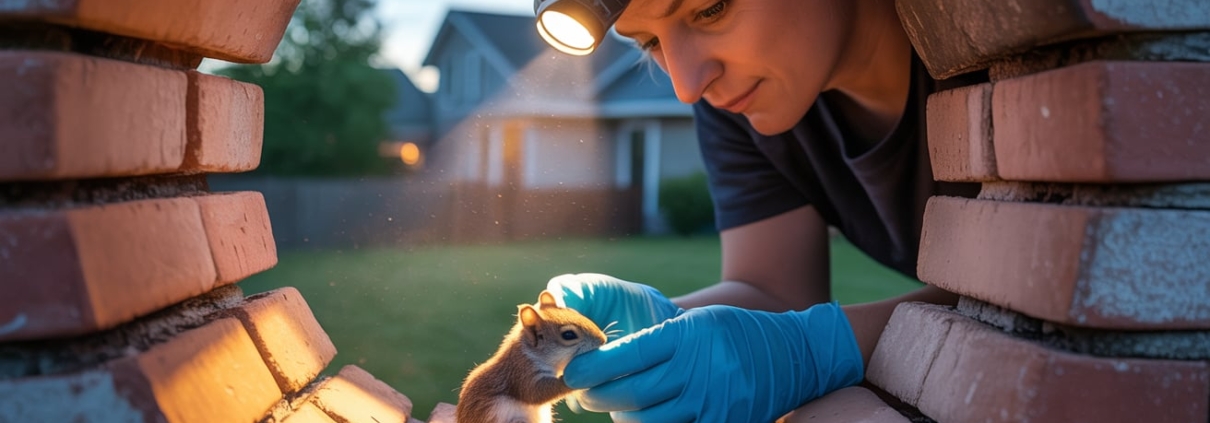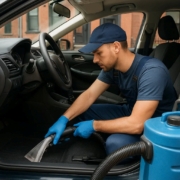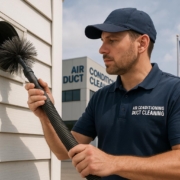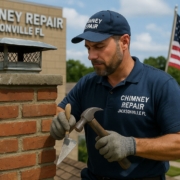What Steps Are Taken To Remove Baby Animals During Chimney Animal Removal In Wenatchee?
Imagine waking up to gentle scratching or tiny chirps echoing from inside your chimney. In Wenatchee, it’s not uncommon for animals like raccoons, squirrels, or birds to find their way into chimneys, especially when they’re looking for a cozy spot to raise their babies. While these surprises can be cute, they also mean your fireplace isn’t safe to use—and the animals themselves are in real danger. Today, I want to walk you through how the pros handle the delicate job of removing baby animals from chimneys, step by step, with care for both the animals and your home. If you’re ever in this situation, Wenatchee Chimney Sweep is your go-to for Chimney Animal Removal done right.
First Glance: Assessing the Chimney Situation
The very first thing any responsible chimney sweep does is figure out exactly what’s happening inside. When animals are involved—especially little ones—rushing in is never a good idea. Instead, the team will ask you a few questions: What have you seen or heard? Have you noticed any foul smells or debris in your fireplace? Sometimes, a trained eye can spot clues like nesting material or tracks nearby.
Once onsite, the pros will use flashlights, mirrors, or even small cameras to peek up the flue. This helps them learn:
- What kind of animal family is inside—raccoons, squirrels, birds, or something else?
- How many babies (and parents) are present?
- Exactly where the nest is located—sometimes it’s within easy reach, and sometimes it’s way up high.
It’s a bit like detective work, but this careful approach makes sure everyone stays safe and calm during the next steps.
Gentle Hands: Safely Removing the Baby Animals
Now comes the part that takes the most patience. Unlike adult animals, babies can’t simply be “shooed out.” They’re fragile, and most can’t climb or fly on their own yet. The process for getting them out safely usually looks like this:
- Careful Access: The team might open the damper or carefully remove a portion of the chimney cap—always with the goal of causing as little disruption as possible.
- Gentle Extraction: Using gloved hands or soft, long-handled tools, the babies are gently lifted out. For birds, a small net may help. Squirrels or raccoons often require a secure, padded box to keep them cozy as they’re moved.
- Reuniting With Mom: If the mother is present (and she usually is), she’s given a chance to collect her little ones herself. If not, the babies are placed in a safe, warm box near the chimney exit so she can find and move them after the disturbance is over.
The real trick is to be slow, quiet, and gentle so the animals experience as little stress as possible.
Next Steps: Relocating and Keeping Everyone Safe
After the babies are out, the focus shifts to relocation and prevention. The goal is always to keep families together and give them the best shot at survival. Here’s what happens:
- Monitoring the Nest: If the mother is gone during removal, the babies are kept outside in a safe container until she returns. This reunification can take a few hours, so patience is key.
- Safe Release: Once the family is back together, the animals are encouraged to relocate to a spot far from your home—sometimes with the help of a wildlife rehabilitator if needed.
- Chimney Clean-Up: All leftover nesting material is removed, and the chimney is swept to get rid of debris, feathers, or fur.
- Prevention: A sturdy chimney cap is installed to block any future “furry squatters.”
It’s not just about getting the animals out—it’s about making sure they don’t come back and that your fireplace is safe for use again.
| Step | Purpose |
|---|---|
| Inspect chimney | Identify animals, number of babies, and nest location |
| Gently access nest | Avoid harming animals or damaging chimney |
| Carefully remove babies | Minimize stress and keep babies safe |
| Reunite with mother | Ensure family stays together for survival |
| Clean and secure chimney | Prevent future animal entry and fire hazards |
“When it comes to wildlife in the chimney, every little life matters. Gentle hands and patience make all the difference—both for the animals and for your peace of mind.”
FAQs: Baby Animal Removal from Chimneys
Q: What if the mother animal isn’t there?
A: If mom is out hunting or hiding, the babies are placed safely outside the chimney in a warm box. Usually, she’ll return within a few hours to move them herself. If she doesn’t, a wildlife rehabilitator is called in for care.
Q: Will the animals be harmed?
A: Every step is designed to keep the animals safe and unharmed. Professional teams know how to handle them gently and are trained to deal with frightened or fragile babies.
Q: Can I just smoke them out or try to remove them myself?
A: Never try to light a fire or poke around yourself—this can hurt or kill the animals and even damage your chimney. Leave it to the experts!
Q: How can I keep animals out in the future?
A: The best way is to have a chimney cap installed and get regular inspections. This blocks entry while letting smoke out safely.
Conclusion
Dealing with baby animals in your chimney can be stressful, but with a gentle, step-by-step approach, everyone comes out unharmed. By inspecting first, carefully removing the babies, and making sure families are reunited, the pros keep your house safe and the local wildlife thriving. Don’t forget to secure your chimney afterwards—you’ll have peace of mind, and so will the animals! For anyone in Wenatchee, calling Wenatchee Chimney Sweep means you’re choosing kindness and safety for every living creature. That’s the heart of truly responsible Chimney Animal Removal.
Read More : Wenatchee Chimney Sweep












Leave a Reply
Want to join the discussion?Feel free to contribute!